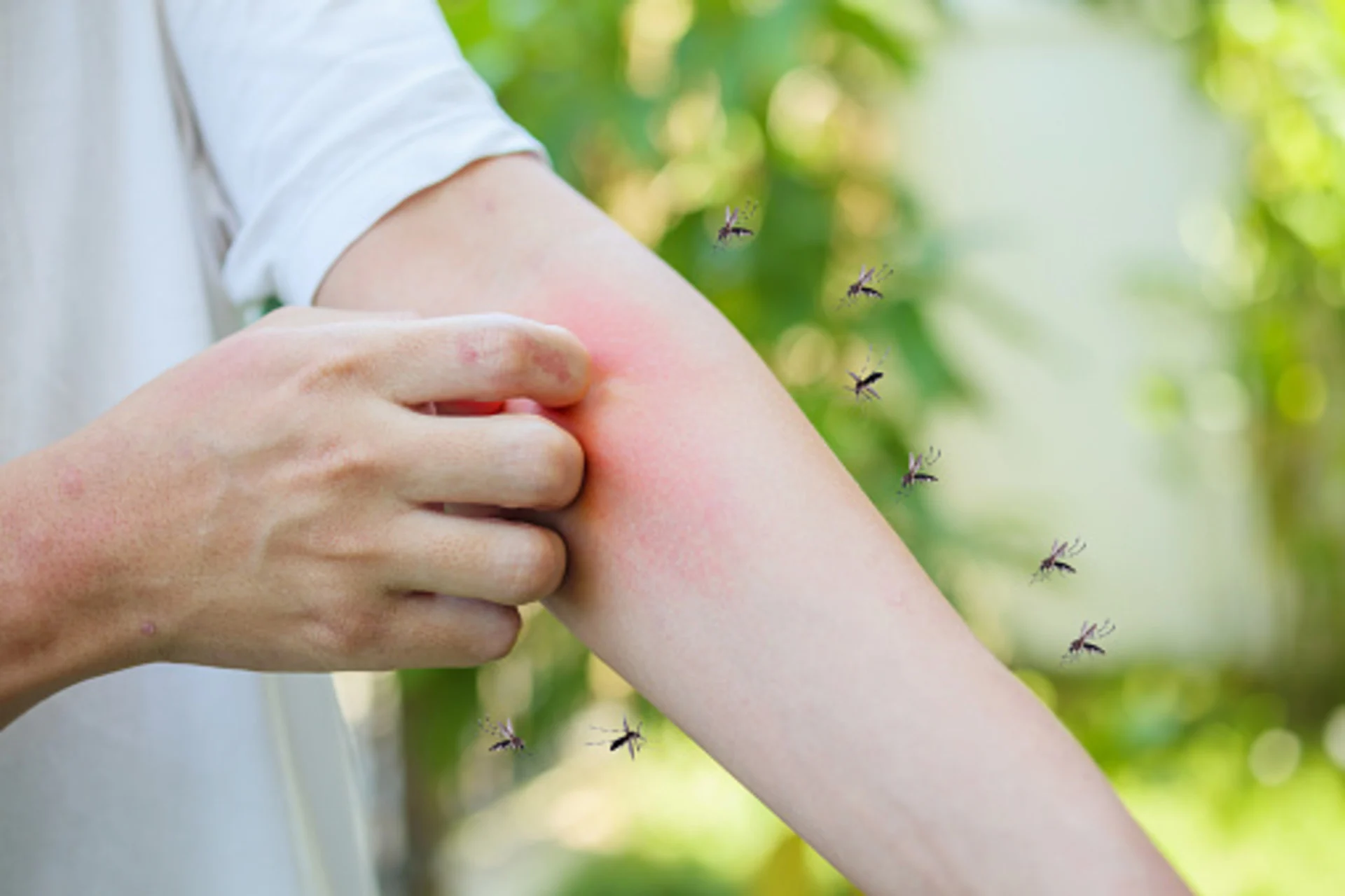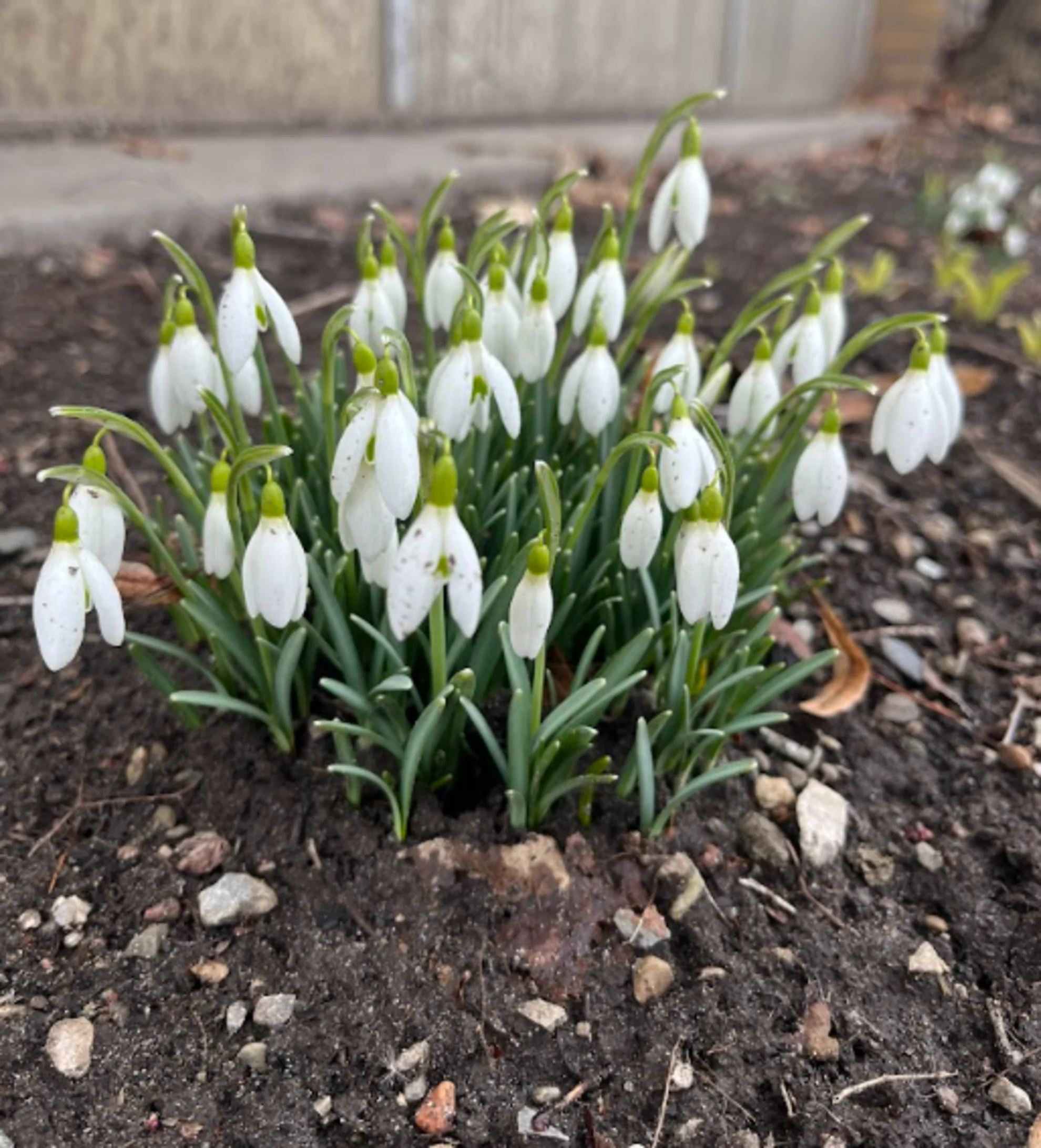
You may be seeing some confused early visitors with this early spring warmth
It’s not just people who get fooled by Canada’s ‘false spring’
Canadians are no strangers to the famous period between February and April, when temperatures warm up, the sun shines, the snow melts, and then there’s suddenly a snowstorm the next day. This period is also affectionately known as ‘false spring’ as it lulls folks into a false sense of surety that winter is truly over. False spring doesn’t affect just us, however; it also affects wildlife.
SPRING 2024: Get an in-depth look at the Spring Forecast, tips to plan for it, and much more!
We have already made it through the warmest winter on record, thanks to a strong El Niño that has had many people scratching their heads and wondering where the cold temperatures went. Now, El Niño is finally weakening, but that doesn’t mean we’re all in for a second winter any time soon.
Currently, Ontarians are basking in the early spring warmth while the rest of the country is sitting in chiller temperatures more expectant for this time of year. However, by the end of the week, this pattern will be flipped on its head, with Ontario seeing a cooldown and Western Canada seeing a warmup.
WATCH: Warmest winter in Canadian history uncovered
While these temperature swings may be annoying to us, they can be straight up confusing for hibernating wildlife. Many plants and animals base their seasonal changes on photoperiod, or amount of daylight, but hibernating creatures rely on temperature cues to know when to wake up.
DON'T MISS: The birds and the breeze: Looking to birds to observe the weather
Folks in Ontario have already been warned to be on the lookout for bears that have woken up from their hibernation early. People across the country may have also noticed migrating birds returning early for the season or an increase in rodents running around.
Meanwhile, in Saskatchewan, a warm period in February prompted many honey bees to wake up from their hibernation early. Yes, that’s right, insects are animals too, and they are impacted by this early spring weather as well.
Despite mosquitoes being commonly associated with summer, some people may already be feeling their itchy bite. Ground-dwelling insects are also emerging with the warm temperatures.

Mosquitoes emerging earlier than usual with the warmer temperatures | Getty Images
Over half of February in Toronto had days in which temperatures climbed above 4°C—the threshold temperature for ticks to become active. People have already begun to report finding ticks on their dogs after running through tall grass and bushes, a concerning finding as Lyme’s disease from ticks continues to be a major health risk in Canada.
WATCH: Warmer weather means ticks are back in business, here's what to watch for
Unfortunately, these animals waking up or returning to Canada too early pose issues for them trying to find food. For example, berries are a large part of a bear’s diet, but there are no berries growing yet in March. It’s an eerily similar situation for many other hibernating animals, too. This may cause desperate animals to seek food elsewhere, such as in people’s homes and garbage, putting both them and others at risk.
Even the bees that are waking up early may struggle due to a lack of flowers for them to get nectar and pollen from.
Speaking of flowers, some folks may have noticed annual spring flowers are already blooming and some trees have already begun to bud. This is because, like animals, blooming plants also rely on temperature cues in the spring to know when to grow. Unfortunately, this puts the plants at risk of frost damage or even death if a freezing spell were to move in.

Early spring flowers start to bloom in Oakville, Ont. | Rachel Modestino
What you can do
Safety around wildlife is always the most important thing to keep in mind, both for yourself and for the creatures.
Bears that have woken up from hibernation too early may become cranky due to their hunger; they lose around half of their body fat during hibernation, after all. It’s best to leave them be in this instance and to not provide them food and keep bird feeders out of their reach, or else they may become fearless of humans and more daring.
RELATED: Plants are flowering earlier than ever – here’s how they sense the seasons
Rodents may try to enter homes in their search for food and shelter, so make sure there aren’t any cracks or holes on the outside of your house that a small rodent can get into. If a rodent does manage to sneak in, consider using a live trap to safely capture and release it in a more suitable location.
For birds returning to Canada early, you can put out some animal hair for them to make warm nests with—so long as the hair isn’t too long and hasn’t been treated with any flea or tick medication. Heated bird baths are also a great way to make sure local birds have a safe water source to drink from.

A flock of Tundra Swans and Canada Geese, all of which were feeding, were photographed on Tuesday, March 12th north of Cornwall, Ont. | Calvin Hanson Photos
Finally, as you begin to spend more time outdoors, make sure to stick to designated trails, wear protective clothing, and regularly check for ticks on you and your four-legged companions.
Have you seen any early visitors this year? We’d love to see! You can share your photos with us, here!
Thumbnail image courtesy: Pexels






